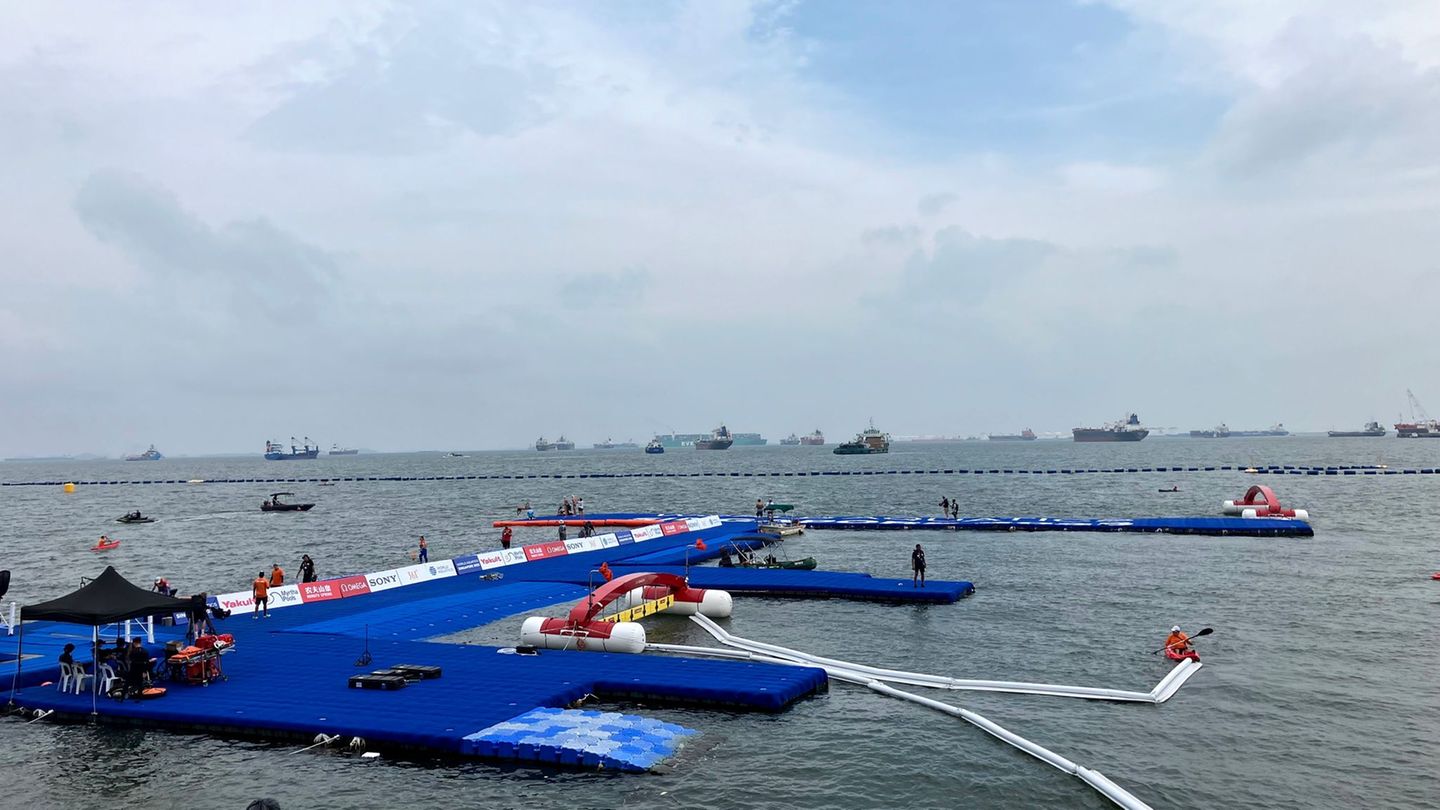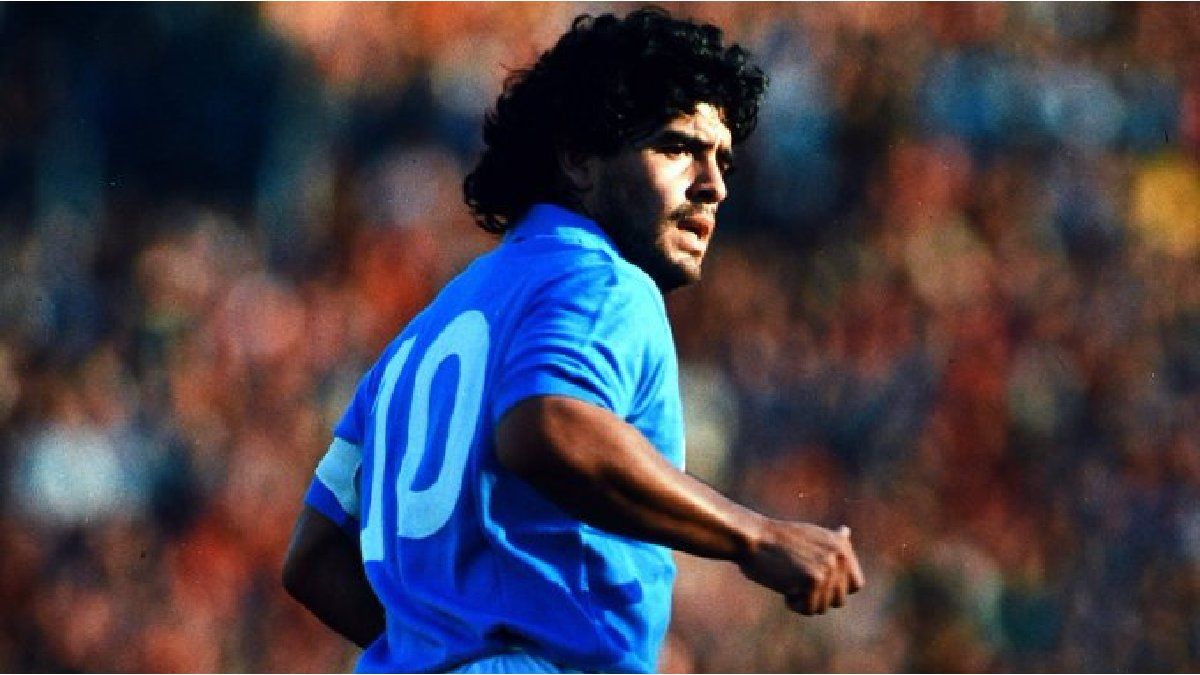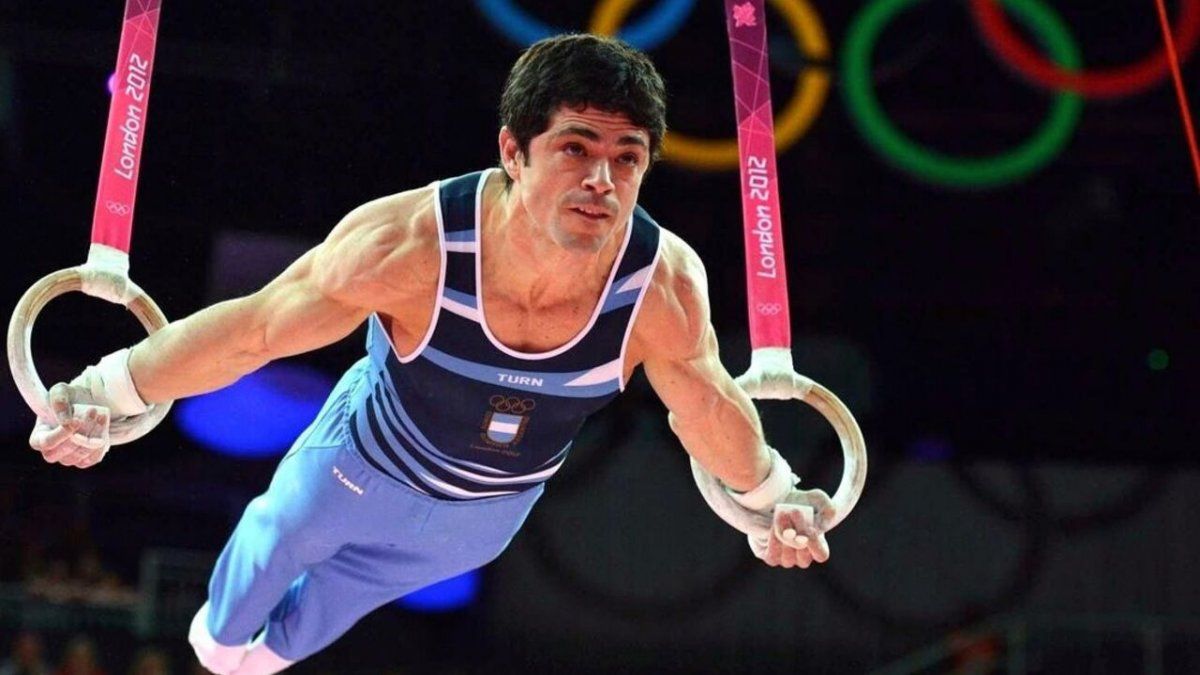On March 10, 1966, Walter Eichhorn angrily reached for pen and paper. The tourism director of the region around Lake Attersee wrote a letter to the Austrian Post and Telegraph Directorate. A television station is urgently needed, otherwise the tourists would be gone. “Television reception around Lake Attersee was almost impossible back then,” says Alwis Wiener. The Schörflinger has been collecting photos, films and documents about Lake Attersee for decades and can thus also testify to the boom in tourism after the Second World War.
In the 1950s, most of the rubble had been cleared away, confidence increased and holidaymakers on Lake Attersee were expected to help the economy pick up momentum again. Lake properties became campsites, and every community built a beach including a campsite for adventure tourists. “It was common and completely normal for the locals to move into the attic with their children in the summer. The bedroom, living room and kitchen were offered as holiday accommodation. Every bed was worth something,” says Wiener. The large companies in the region, especially Lenzing AG, Kastinger and Hummelbrunner, worked hard. The goal of many workers: building holiday apartments.
A highway for cyclists
The region finally received a boost with the construction of the motorway: in 1963 it became single-lane between Vienna and Salzburg, and two years later two lanes later. At first, however, it wasn’t particularly frequented. “It is said that the people of Oberwangen learned to cycle on the motorway. And they also traveled with their farm companions,” says Wiener. But as early as 1965, the region around the lake recorded more than a million overnight stays. Holidaymakers – most of them came from Germany and Denmark – were never disappointed: home evenings with “Schuhplattln” and “Watschentanz” were part of the standard program, and they were allowed to help with unusual work on the farms.
“}”>
Source: Nachrichten




